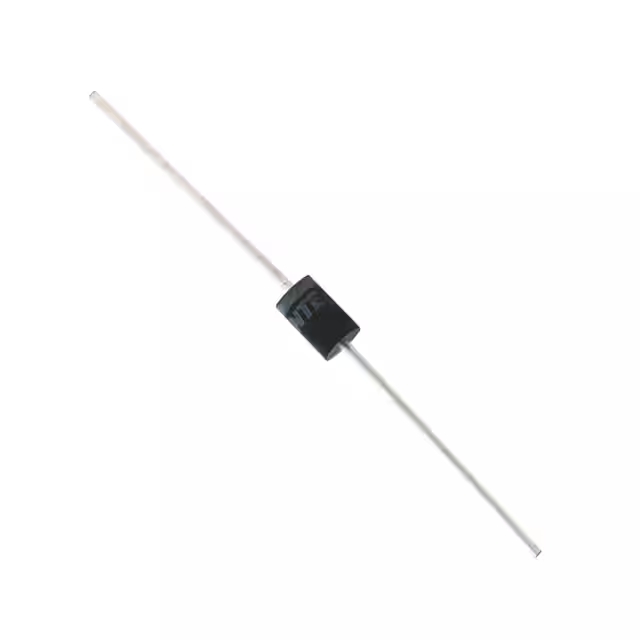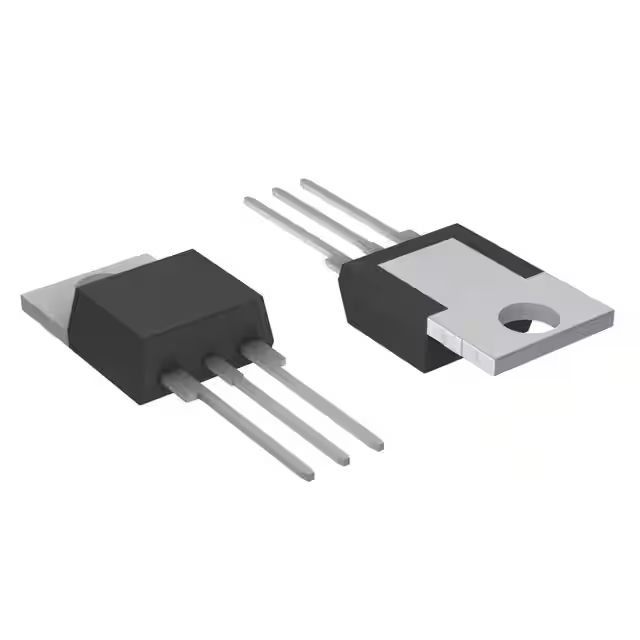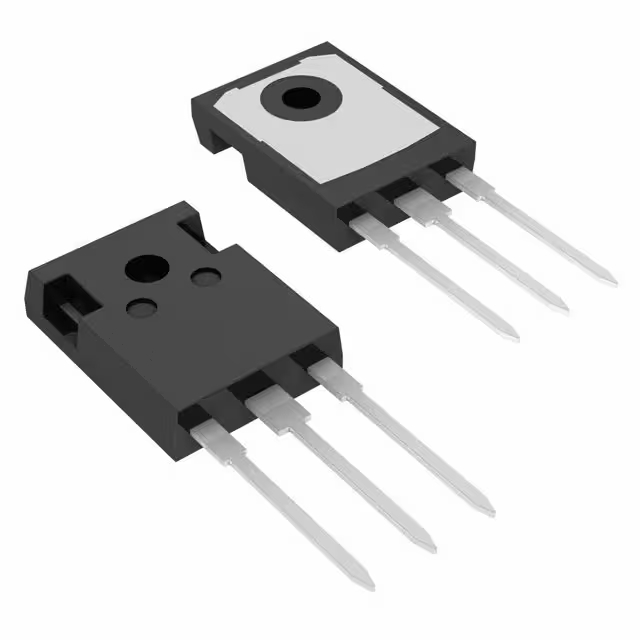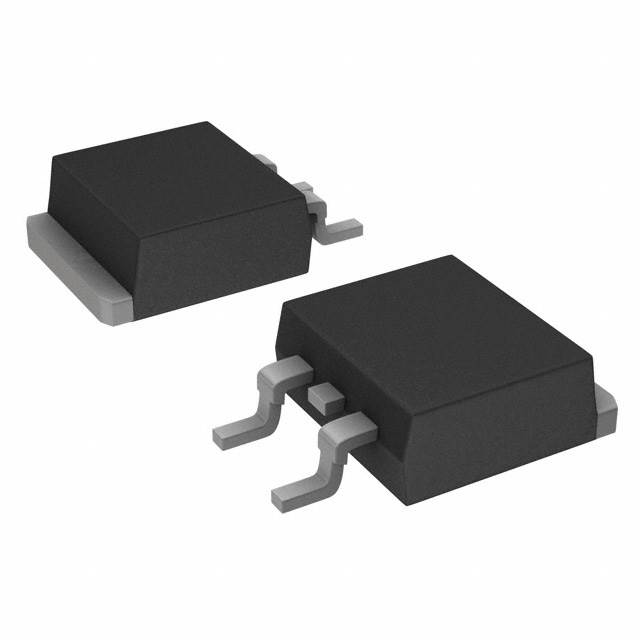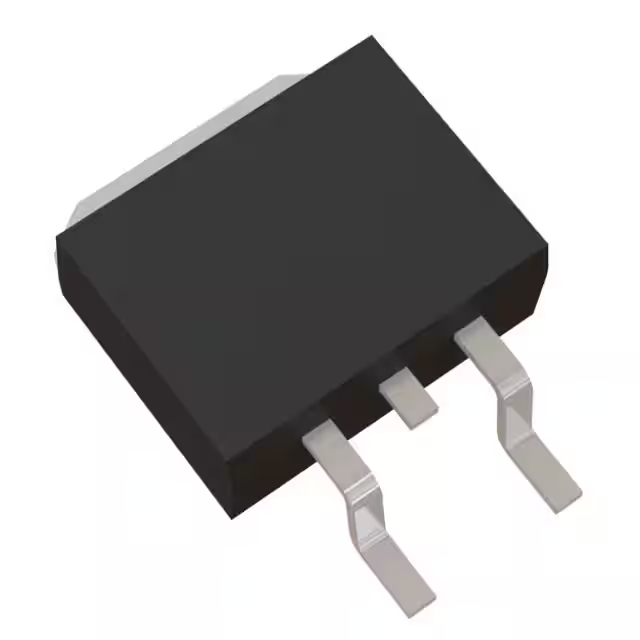FQU17P06 datasheet & pinout | N-channel
- Brands: onsemi / Fairchild
- Download: -
- Price: inquiry
- In Stock: 16144
- Transistor Type: 1 P-Channel
- Typical Turn-Off Delay Time: 22 ns
- Typical Turn-On Delay Time: 13 ns
- Package: -

FREE delivery for orders over HK$250.00

Quick response, quick quotaton

Flash shipment,no worries after sales

Original channel,guarantee of the authentic products
FQU17P06
The FQU17P06 is an N-channel MOSFET designed for low to medium voltage applications with a maximum voltage rating of 60V. It can handle up to 17A of continuous drain current, making it ideal for power conversion and power management applications. With its low Rds(on), it minimizes power loss and increases efficiency. It also features fast switching performance, perfect for high-frequency applications like DC-DC converters and switching power supplies. The TO-220 package ensures better heat dissipation, making it suitable for applications with higher thermal requirements. Plus, it has built-in thermal protection to keep the MOSFET within a safe operating range.
FQU17P06 Pinout

| Pin Number | Pin Name | Function Description |
|---|---|---|
| 1 | Gate | Control pin, connects to the gate of the MOSFET. Controls the MOSFET’s on/off state by applying voltage to the gate. |
| 2 | Drain | Drain pin, through which current flows into the MOSFET. Typically connects to the load. |
| 3 | Source | Source pin, current flows out of this pin, typically connecting to the power source or ground. |
When using the FQU17P06, keep an eye on the Gate pin, which controls the MOSFET’s switching. Make sure you apply the right voltage to switch it on and off. Usually, the Gate pin is connected to the driver circuit through a resistor to avoid excessive current and overheating. The Drain pin should be connected to the load, and current will flow into the MOSFET through this pin. Just remember, the voltage on the Drain pin should not exceed the max voltage rating of 60V to avoid damaging the MOSFET. The Source pin usually connects to ground, and current flows out of it. If you’re using it as a high-side switch (like in an H-bridge), the Source connection might differ, so ensure it fits your application.
In short, make sure the Gate voltage is sufficient to switch the MOSFET effectively without exceeding the voltage limits, especially in high-frequency and high-current applications.
FQU17P06 Equivalent
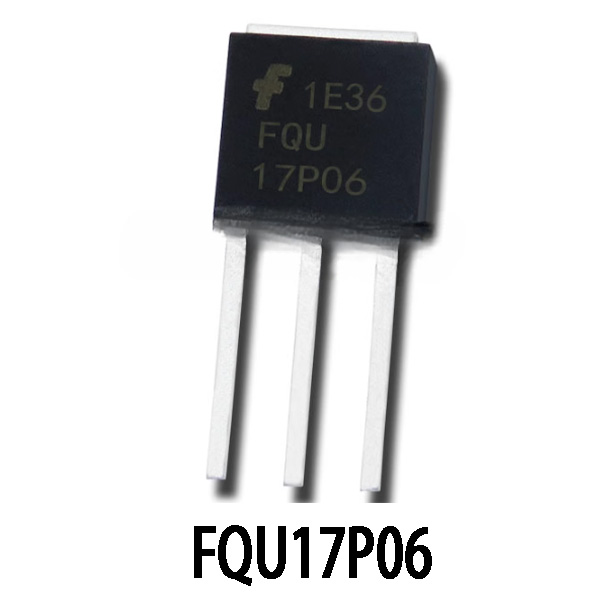

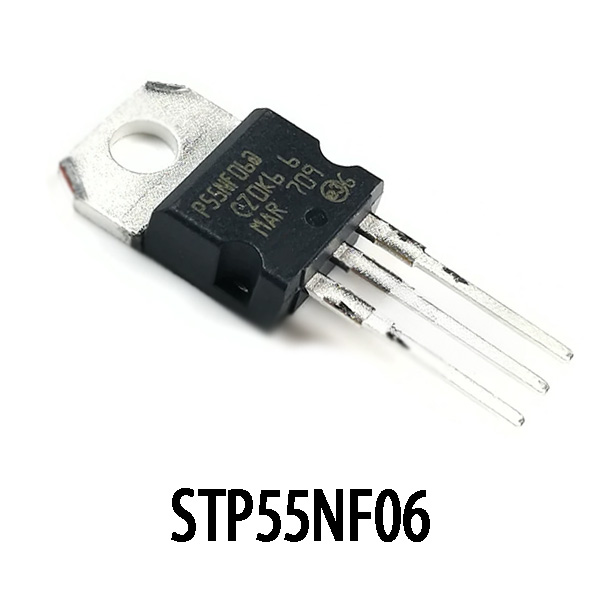

| Parameter / Model | FQU17P06 | IRLZ44N | STP55NF06 | FQP27P06 |
|---|---|---|---|---|
| Package Type | TO-220 | TO-220 | TO-220 | TO-220 |
| Max Drain Voltage (Vds) | 60V | 55V | 60V | 60V |
| Max Drain Current (Id) | 17A | 47A | 55A | 27A |
| Drain to Source Resistance (Rds(on)) | 0.055Ω | 0.022Ω | 0.018Ω | 0.048Ω |
| Max Power Dissipation (Pd) | 90W | 94W | 150W | 75W |
| Gate to Source Voltage (Vgs) | ±20V | ±20V | ±20V | ±20V |
| Switching Frequency | High-speed switching | High-speed switching | High-speed switching | High-speed switching |
| Major Applications | Power conversion, power tools, DC-DC conversion | Power tools, DC-DC conversion | Power tools, DC-DC conversion | Power management, motor drive |
When you’re replacing the FQU17P06, here are a few options to consider based on your needs.
If you’re after more current handling, the IRLZ44N is a solid choice with a higher drain current capacity (47A) and a lower Rds(on) (0.022Ω), making it great for high-current applications. But keep in mind, its max voltage is only 55V, so it may not work for high-voltage setups.
The STP55NF06 also has low Rds(on) (0.018Ω) and can handle 55A, but its larger TO-220 package can create some heat management issues. It’s perfect for higher-power designs.
If you’re dealing with medium power, the FQP27P06 offers a good balance, with 27A current capacity and a slightly higher Rds(on) (0.048Ω). It’s good for efficient power supplies but not quite as powerful as the other two.
FQU17P06 High Side Switch Circuit

Let’s break down this circuit. The power comes from VDD, which flows through an inductor (L) to power the load. The MOSFET (FQU17P06) acts as a high-side switch, controlling the current to the load. When the gate-source voltage (VGS) is high, the MOSFET turns on, allowing current to flow; when VGS drops, it turns off, cutting off the current. PWM control might be used to adjust the switching frequency and control the power to the load.
The inductor helps smooth the current, preventing spikes during switching that could damage the MOSFET. While there’s no reverse diode shown, you typically need one for high-side switches, especially for inductive loads to avoid voltage spikes when the load is disconnected.
In practical terms, this circuit is great for controlling power to motors, tools, or power management systems.
FQU17P06 Reverse Polarity Protection
Using the FQU17P06 for reverse voltage protection works great with a series circuit. Here’s how it goes: connect the source to the power input, the drain to the load, and control the gate with the appropriate voltage to switch the MOSFET on or off.
When the power is connected correctly, the MOSFET turns on and current flows to the load. If the power is reversed, the MOSFET shuts off, blocking current flow and protecting the load.
One thing to keep in mind: make sure the gate voltage is high enough (usually over 10V) to fully turn on the MOSFET. For larger currents, ensure the MOSFET is fully on to avoid power loss. Also, if you’re dealing with inductive loads, a reverse diode might be needed to prevent voltage spikes.
This setup is ideal for low-power electronics and portable devices, protecting against accidental reverse power connections.
FQU17P06 Application
The FQU17P06 is a versatile N-channel MOSFET used in various power management and switching applications. It’s commonly found in DC-DC converters, especially in buck converters, where its low resistance and high switching speed ensure efficient power conversion, making it perfect for devices like mobile phones and computer power supplies. In power tools, it manages the power between motors and batteries, improving efficiency and extending battery life. It also plays a key role in inverters, converting DC from solar panels to AC, and ensuring stable voltage output. For motor drives and battery management, it’s excellent for controlling current flow in high-side switch circuits, providing reverse power protection. Additionally, it’s used in reverse voltage protection circuits, cutting off current flow to prevent damage from wrong connections. Thanks to its high current capacity, it’s also ideal for battery protection circuits, preventing overcharging, deep discharge, or excessive current.




